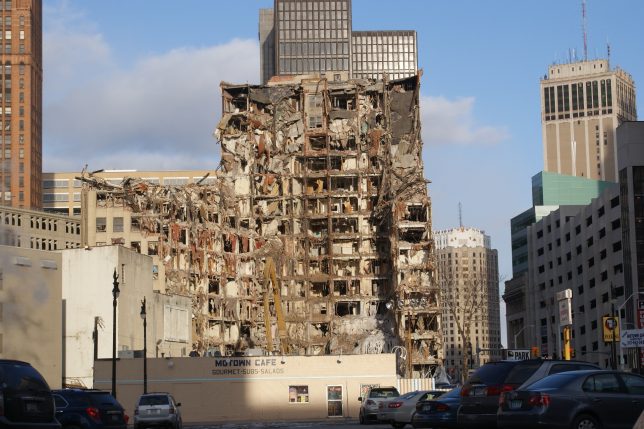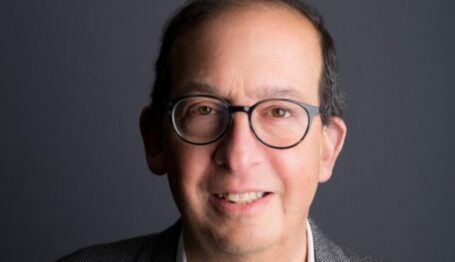Philanthropy
Ford Foundation: Saving Manhattan, Snubbing Detroit
 SONY DSC
SONY DSC

On the Monday before Thanksgiving, New York Times architecture critic Michael Kimmelman gave thanks for a $205 million renovation to the Ford Foundation headquarters in Manhattan, concluding that “the new Ford remains a singular gift to the city.” He notes the original building, upon its opening in 1967, had also been praised as “an act of faith in the midst of ruin”—a reference to the supposedly poor condition of New York City fifty years ago. Kimmelman portrays the refreshed spaces as a place where “Ford executives gazed across a bougainvillea at one another and outward, onto a world awaiting their largess.”
Their largess?
Ford Foundation executives disburse the largess of somebody else—that of the Ford executive, Henry Ford. This distinction is no small matter, because the Ford family and the foundation with their name on it had very different agendas by late 1967. As the foundation executives first began gazing at one another and their supplicants through the bougainvillea in Manhattan, the family was worried over Detroit residents gazing at burned out buildings in Detroit, Michigan, site of devastating riots that summer.
The foundation was created because predatory FDR-era inheritance tax laws forced Henry and his brother Edsel to choose between letting their heirs keep either their personal fortunes or their car company. In 1948, shortly after Henry died, Henry Ford II (Henry’s grandson and by this point CEO of Ford Motor Company) reassured the tax man of the bargain, legally promising the foundation would operate autonomously from the family. This set in motion the end of family control over a fortune that today exceeds $12 billion.
After the Detroit riots put heavy stress on the Henry Ford Hospital—a smaller recipient of the Ford charitable fortune—the family had to beg the foundation for help. “It was like pulling teeth,” said Henry II, who was by then investing his own money and time into efforts to pull Detroit back from the brink.
“He should have had to pull teeth,” said another trustee, bitter over Henry’s attempt to influence the foundation’s priorities in favor of its erstwhile home town.
As Detroit was burning in the summer of ’67 the foundation was opening its $45 million “act of faith in the midst of ruin . . . ” in Manhattan. That sum would have grown to more than $1 billion by now if merely invested conservatively in the Dow Jones Industrial Average. Add the $205 million from the recent renovation, and that’s at least $1.2 billion spent just on a fancy building located somewhere other than the still-desperate city where Ford built his fortune.
For comparison, in 2015 total Ford Foundation grants to Detroit totaled $21.7 million, and even this was a big step up from decades of neglecting the Motor City. Ten years earlier, Detroit received less than $700,000.
The Ford Foundation grants at least $50 million annually to left-wing causes, such as the $2.8 million given in 2015 to the Center for American Progress, a left-wing think tank founded by Hillary Clinton’s 2016 campaign chair, John Podesta. Henry Ford II pointedly referenced this left-wing drift four decades ago in his 1976 resignation letter to the Ford Foundation board, telling his fellow trustees the money they controlled was a “creature of capitalism” but that it was “hard to discern recognition of this fact in anything the foundation does.”
Real estate costs in Manhattan are 384.5 percent above the national average—according to StudentLoanHero.com, New York is the most expensive city in the nation. The least expensive is Ashland, Ohio, at 41.5 percent below the national average.
Ashland newspapers probably don’t have architecture critics to impress. The fancy digs in Manhattan should be sold, the foundation and its staff should move to modest accommodations somewhere in middle America. That will save at least a billion bucks that should be shipped immediately to Detroit, in the name of Henry Ford II and his principles, to shore up the civic and entrepreneurial capitalist institutions that built the Ford name, the foundation’s fortune, and a once great city.


